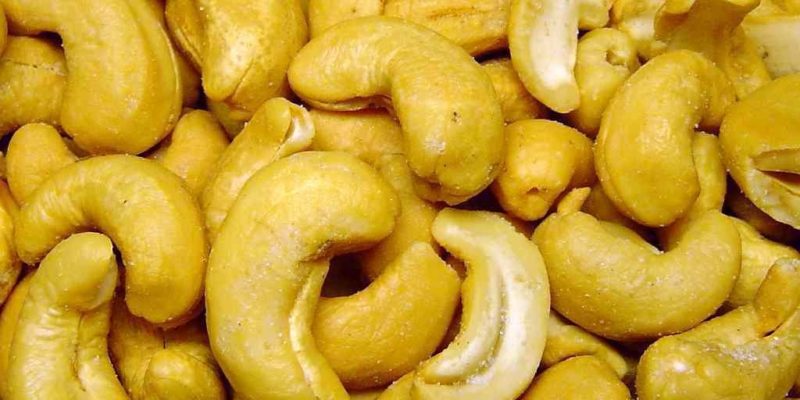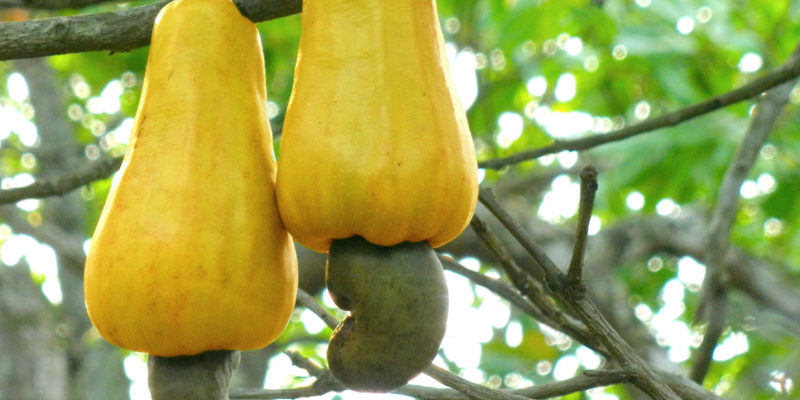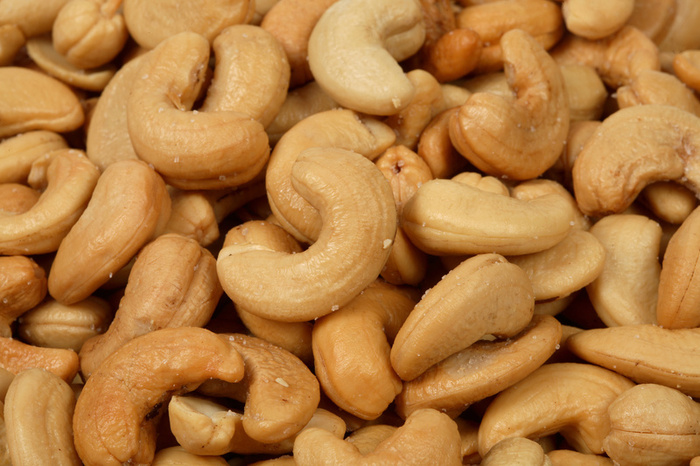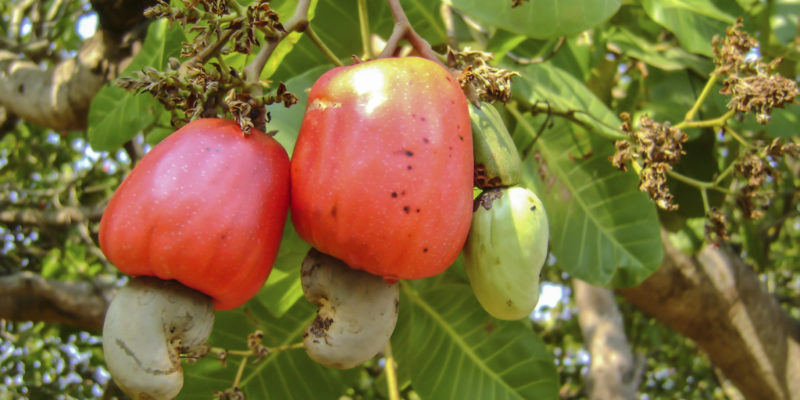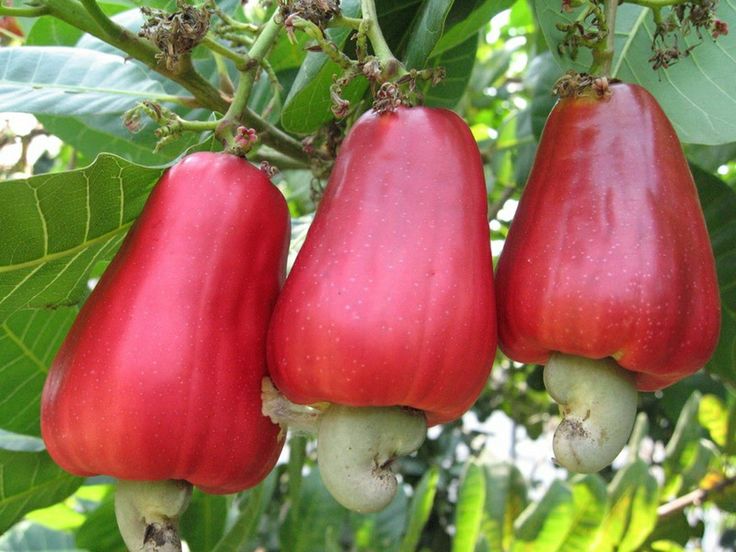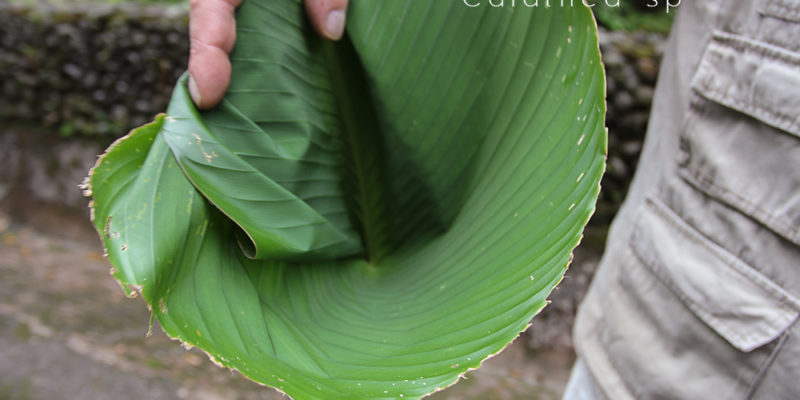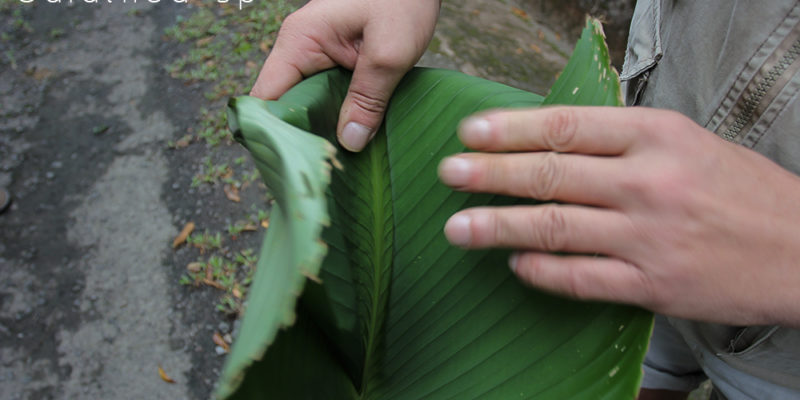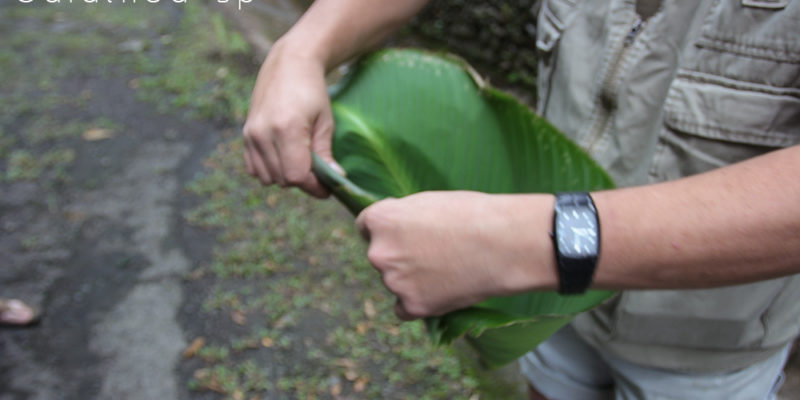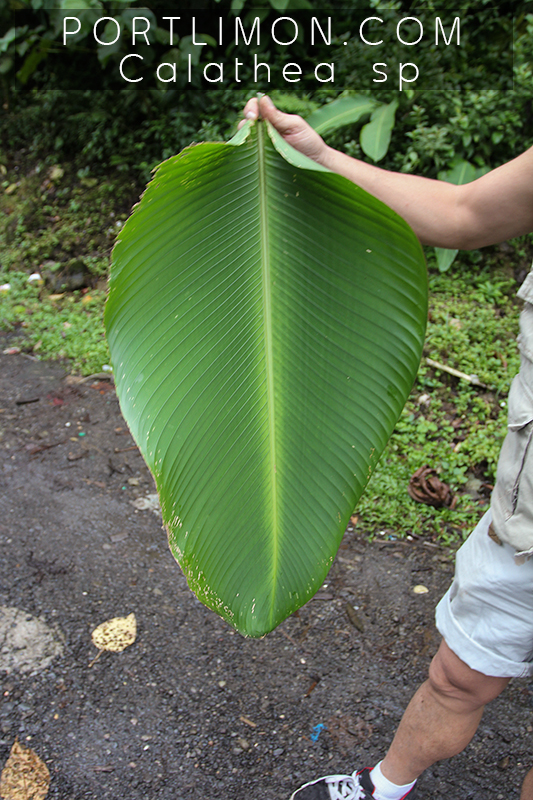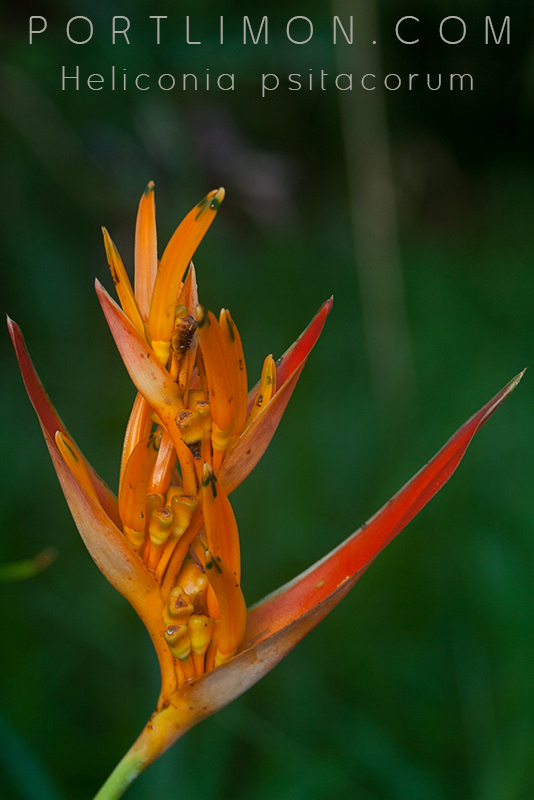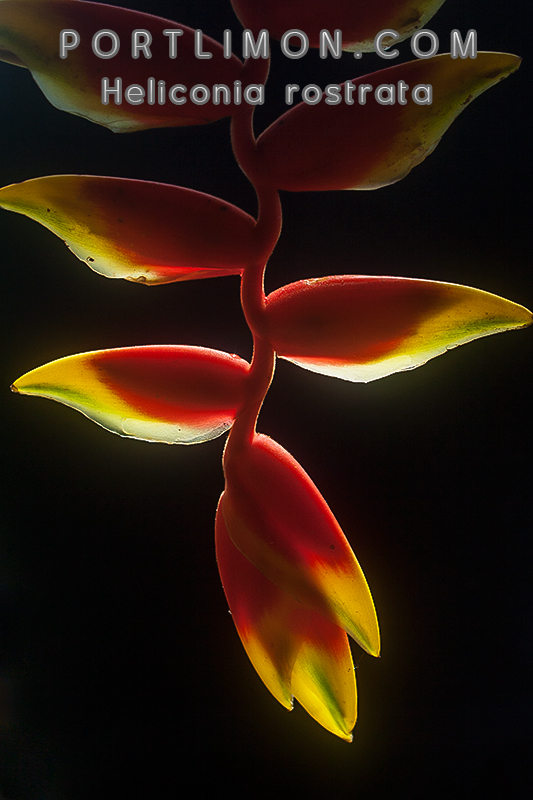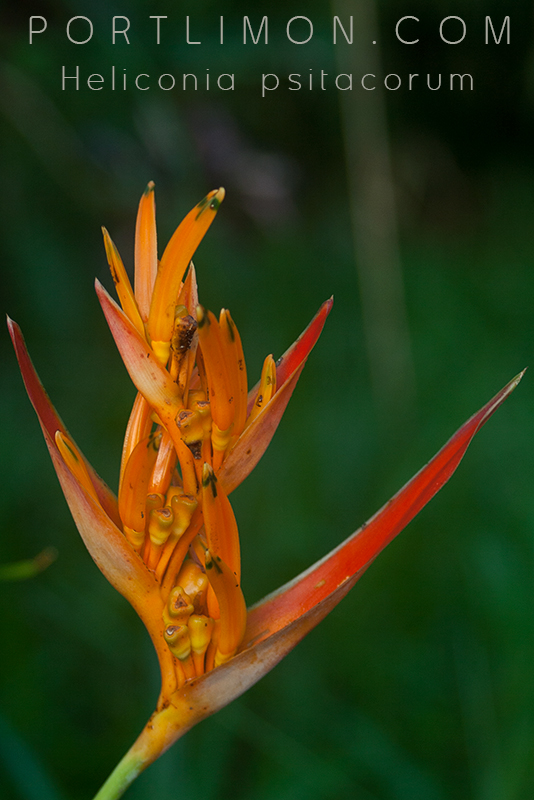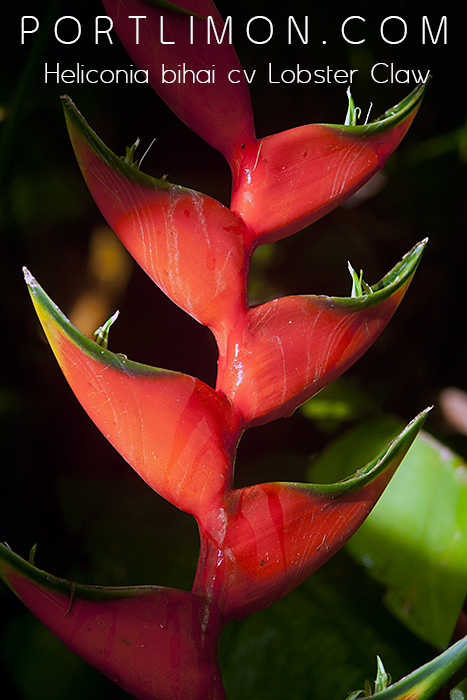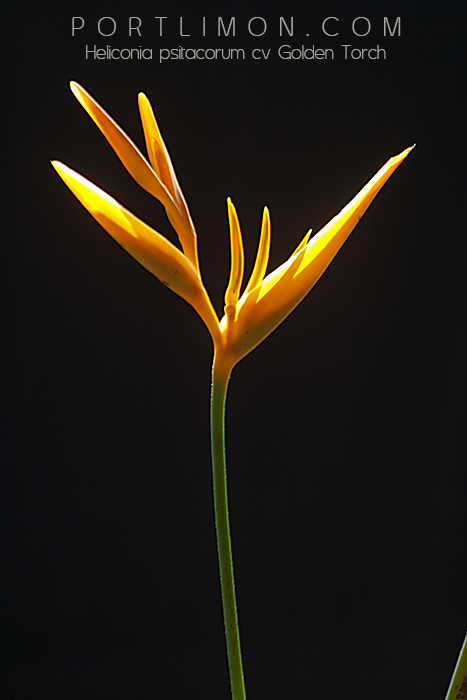This is the Anacardiaceae family, with more than 400 species mostly tropical, while a few are present in North America and Europe, such is the case of Sumac, Rhus, and the infamous Poison Ivy (Toxicodendron radicans).
Well known edible members of this family are: Pistachios that are native to Western Asia, and Mango which is native to India; actually its scientific name is Mangifera indica.
Cashews are native to Costa Rica and Central America. The fresh cashew nut has a substance inside, that produce a big burn and rash in skin and mouth, at the same time this is a highly valuable product known as Cashew Nut Shell Liquid or CNSL, ingredient that have special structural features for transformation into specialty chemicals and high value polymers, this is important considering the fact that, since this is a renewable resource, is better than synthetics.
Cashews in Costa Rica are harvested during March and April.
One thing is the cashew nut, and a different thing is the cashew itself, this last one is a kind of fruit to which it’s attached the nut, this fleshy fruit has an aroma some people love while others dislike, the most common way of preparation of this fruit is doing a tasteful juice mixed with water and sugar.
A quite interesting experience is to burn in wood fire a raw cashew nut, this CNSL highly flammable, and while it burns produces impressive tiny explosions. Kids shouldn’t try this without parent’s supervision, nor bite the nut raw, otherwise this juice, painful and caustic will burn the kids lips and tongue. Get ready and click right now for booking this tour
